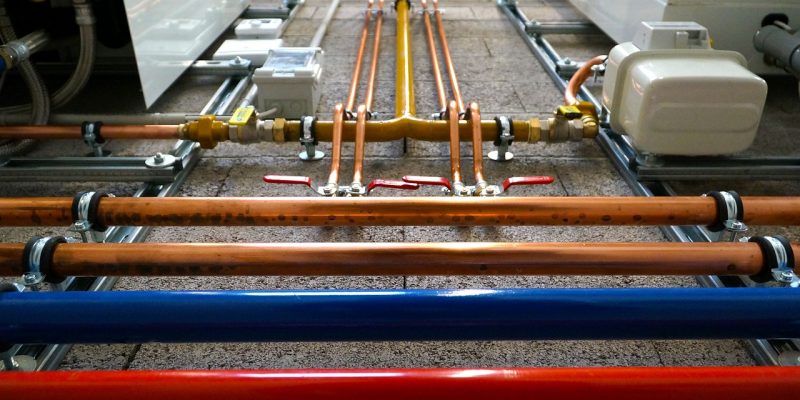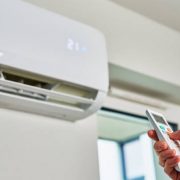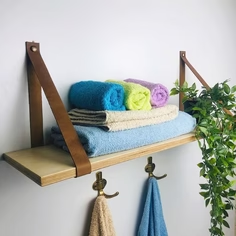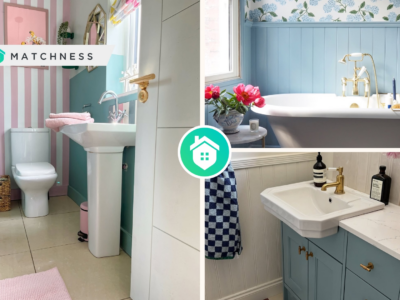Plumbing, while often overlooked, is the circulatory system of our homes, quietly ensuring the flow of clean water in and waste water out. It plays a crucial role in maintaining our standard of living, and yet, it’s easy to take for granted—until something goes wrong. What many homeowners fail to realize, however, is the direct link between the state of their plumbing and their household expenses.
Inefficiencies in plumbing can quickly lead to higher water and energy bills, not to mention the steep costs associated with repairing damage from leaks or bursts. By contrast, well-maintained plumbing systems and efficient fixtures can translate to significant savings. In this article, we’ll explore the various ways better plumbing can ease the strain on your wallet, offering a practical guide to understanding and harnessing the cost-saving potential hidden in your home’s pipes and faucets.
The Cost of Ignoring Plumbing Issues
Plumbing issues may start as minor inconveniences—a slow-draining sink, a dripping faucet—but left unchecked, they can quickly escalate into more serious, costly problems. The financial implications of disregarding these problems are often much greater than we anticipate, with consequences that extend beyond the immediate need for water damage restoration.
Take, for example, a leaky faucet. It might seem harmless at first, but over time, that slow drip can add up to substantial water waste. The United States Environmental Protection Agency estimates that a faucet dripping at the rate of one drip per second can waste over 3,000 gallons of water per year. That’s equivalent to 180 showers! Not only does this wasted water inflate your water bill, but it also contributes to the unnecessary depletion of our precious water resources.
Worse yet are larger plumbing problems, like a continuously running toilet or hidden leaks in your pipes. These issues can lead to significant water waste, increasing your water bill exponentially. More severe problems like pipe bursts can even cause extensive water damage, requiring costly water damage restoration. These not only increase your immediate expenses but can also devalue your property in the long run.
Ignoring minor plumbing issues today can result in expensive repairs and restoration efforts tomorrow. It’s a hard truth that prevention is much cheaper than cure. Therefore, taking care of your plumbing system can save you from a financial headache in the long run.
Regular Maintenance and Its Benefits
Much like a car or a home appliance, your plumbing system benefits greatly from regular maintenance. It might not be the most glamorous task, but it’s an important responsibility for homeowners. Ignoring this duty can lead to more frequent and severe problems down the line, which inevitably cost more to repair than to prevent.
Firstly, regular inspections allow for early detection of problems. This means that minor issues, like small leaks or slightly corroded pipes, can be addressed before they escalate into more significant issues like pipe bursts or major leaks. Catching these issues early on can save you from expensive repairs and even the cost of water damage restoration in the future.
Secondly, routine maintenance can extend the lifespan of your plumbing system. Just as regular oil changes can keep a car running smoothly for longer, regular pipe checks and drain cleanings can prevent wear and tear on your plumbing system. This means you’re less likely to need major replacements or repairs in the future, translating into more money saved.
Lastly, regular maintenance can also improve the efficiency of your system. A well-maintained plumbing system will deliver water more efficiently and waste less, leading to lower water and energy bills.
While there might be a small cost involved in regular plumbing maintenance, it’s a proactive investment that pays for itself over time. The cost-effectiveness of preventative maintenance is a financial win when compared to the high costs that can result from severe plumbing issues. Investing in your plumbing now can save you a significant amount in the future.
Investing in High-Efficiency Plumbing Fixtures
In the quest for more sustainable and efficient homes, high-efficiency plumbing fixtures have been gaining popularity—and for a good reason. These modern marvels go a long way in reducing water usage and, in turn, saving you money on your water bill.
High-efficiency toilets, for instance, use significantly less water per flush compared to their traditional counterparts—some as low as 1.28 gallons per flush, compared to the old standard of 3.5 gallons or more. Given that toilets account for nearly 30% of a household’s water usage, the savings from this switch can be substantial.
Similarly, high-efficiency showerheads and faucets can reduce water usage by up to 50% without compromising performance. Imagine cutting your water usage in half just by swapping out these fixtures—a simple act that not only conserves water but also decreases your monthly expenses.
Let’s not forget about efficient dishwashers and washing machines, which not only save water but also use less energy. By investing in these appliances, you’re saving on two fronts: your water and electricity bills.
In a case study by the EPA, a family of four saved about $170 annually by replacing their old, inefficient fixtures with high-efficiency models. Over the lifespan of these fixtures, that can add up to a savings of thousands of dollars.
Leak Detection and Timely Repair
Water leaks can be a major source of waste and excess cost in any home, but detecting them early can be tricky. It’s often the case that a significant amount of water—and money—has already been wasted by the time a leak becomes obvious.
Small leaks, particularly those hidden within walls or underground, can go unnoticed for long periods, quietly adding to your water bill and potentially causing water damage that may require expensive restoration. The U.S. Environmental Protection Agency estimates that household leaks can waste nearly 1 trillion gallons of water annually nationwide. That’s why early leak detection and timely repair are critical.
Fortunately, there are several tools and methods available to assist homeowners in identifying leaks. These include moisture meters, infrared cameras, and even listening devices that can hear leaks within your walls. There are also smart home devices that can monitor water usage and alert you to any unusual activity that might indicate a leak.
If you notice a sudden increase in your water bill, damp spots on walls or floors, or hear the sound of running water when all faucets are off, you may have a leak. In such cases, it’s important to call a professional plumber to investigate and repair the issue promptly.
Addressing leaks early on can prevent more significant damage, avoiding the cost of extensive repairs or water damage restoration. By prioritizing leak detection and prompt repairs, you’re not only protecting your home but also saving money. It’s an investment in your home’s health and your financial wellbeing.
Jennifer Bell is a mother of two, avid DIY home repairer, and writer for home restoration specialists in the Philadelphia area.




















